Name Eglantyne Jebb Books Cambridge | Uncles Richard Claverhouse Jebb | |
 | ||
Parents Eglantyne Louisa Jebb, Arthur Trevor Jebb Siblings Dorothy Buxton, Louisa Jebb | ||
Remembering Eglantyne Jebb, 90 years on
Eglantyne Jebb, (25 August 1876 – 17 December 1928) was a British social reformer and founder of the Save the Children organization.
Contents
- Remembering Eglantyne Jebb 90 years on
- Hasta el ultimo nino y nina eglantyne jebb
- Early life
- Nickname
- Social activism
- Save the Children
- Declaration of the Rights of the Child
- Death and legacy
- References
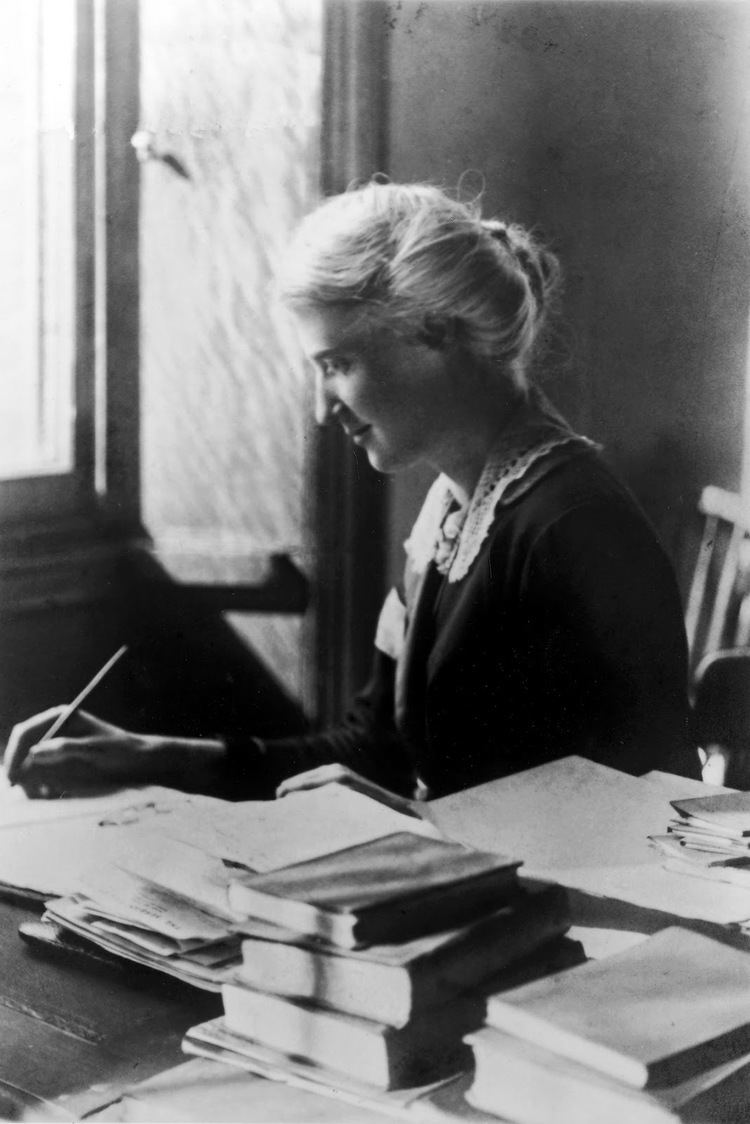
Hasta el ultimo nino y nina eglantyne jebb
Early life
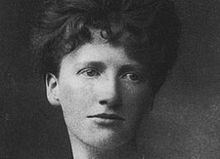
She was born in 1876 in Ellesmere, Shropshire, and grew up on her family's estate. The Jebbs were a well-off family and had a strong social conscience and commitment to public service. Her mother, Eglantyne Louisa Jebb, had founded the Home Arts and Industries Association, to promote Arts and Crafts among young people in rural areas; her sister Louisa would help found the Women's Land Army in World War I. Another sister, Dorothy Frances Jebb, who married the Labour MP Charles Roden Buxton, campaigned against the demonisation of the German people after the war. She also served a faculty member at Wellesley College in 1929, teaching courses in English literature.
Nickname
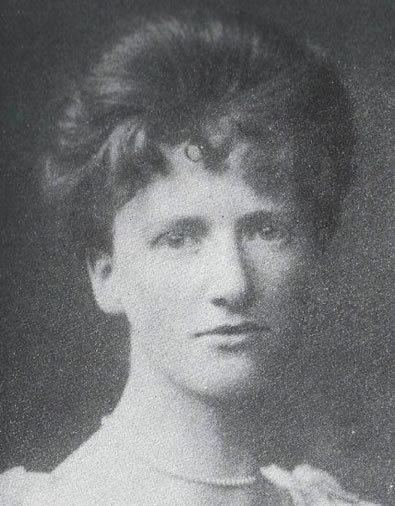
She was known as the "White Flame" because the flame of her dedicated love for children in distress burned to a white heat of passion all her life.
Social activism
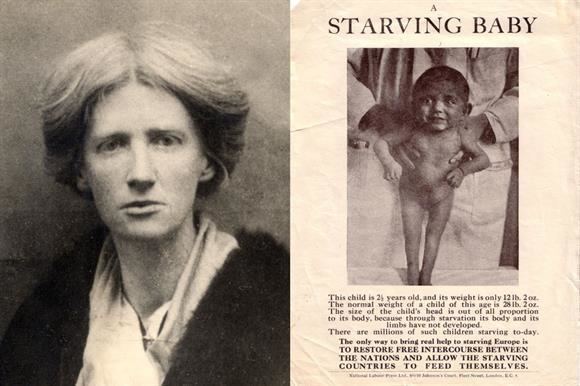
Having studied history at Lady Margaret Hall, Oxford, Jebb trained to become a school teacher, but a year's experience as a Primary School teacher, at St. Peter's Junior School in Marlborough, convinced her that this was not her vocation, though it increased her awareness of the difficulties and widespread nature of poverty faced by young children.

She moved to Cambridge to look after her sick mother. There she became involved in the Charity Organisation Society, which aimed to bring a modern scientific approach to charity work. This led her to carry out an extensive research project into conditions in the city, and in 1906 she published a book, Cambridge, a Study in Social Questions based on her research.
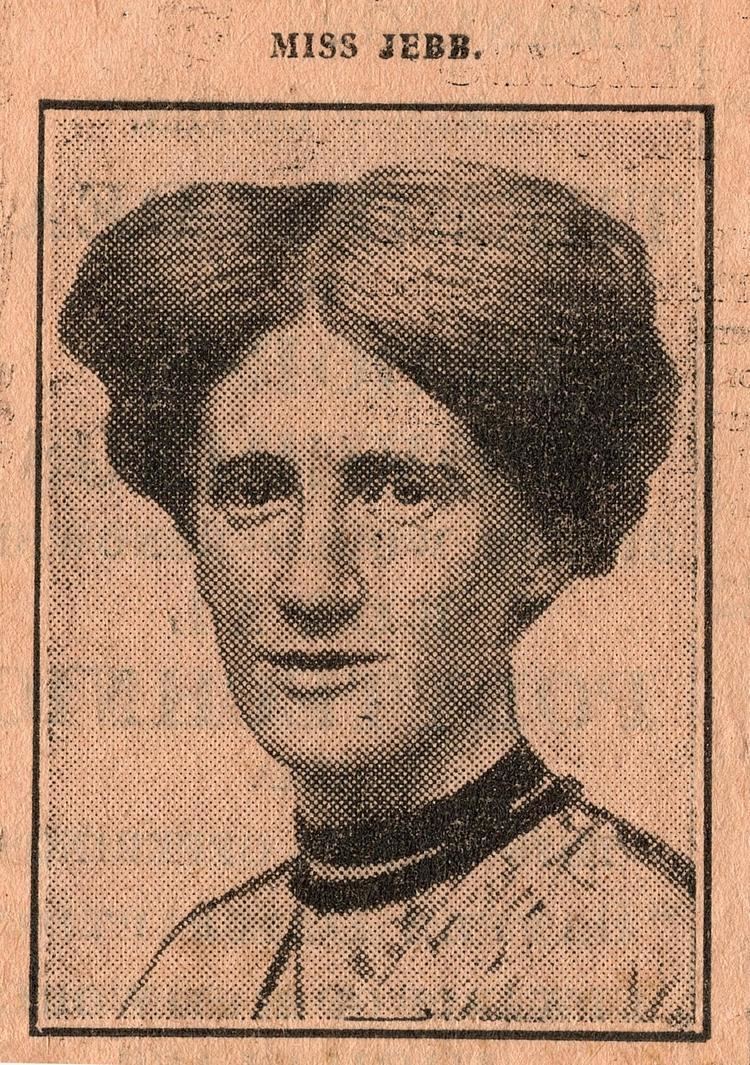
The Cambridge Independent Press, a weekly liberal-supporting newspaper published a number of articles covering Eglantyne's campaigning and political activities in Cambridge in the run up to the First World War. She was appointed to the Education Committee of Cambridge Borough Council in 1907, although in her first year only attended 13 of a possible 31 meetings. She was also on the committee of the newly formed League for Physical Education and Improvement, but resigned citing pressures from other workloads.

Under the watchful eye of Florence Ada Keynes Eglantyne and Florence's daughter Margaret set up and ran the Boy's employment registry, shortly followed by a similar one for girls. There is now a Blue Plaque above 82 Regent Street where the employment registry was sited.
In 1913 she was asked to undertake a journey to Macedonia on behalf of the Macedonian Relief Fund. She returned shortly before the First World War broke out, and soon was drawn into a project organised by Dorothy, who had begun importing European newspapers – including ones from Germany and Austria-Hungary for which a special licence had to be obtained from the government – and publishing extracts in English in the Cambridge Magazine, which revealed that everyday life in the enemy countries was far worse than government propaganda suggested.
As the war was coming to an end, and the German and Austro-Hungarian economies came near to collapse, it was clear to Dorothy and Eglantyne that the children of these countries were suffering appallingly from the effects of the war and the Allied blockade, which continued even when an armistice was signed. A pressure group, the Fight the Famine Council, was set up in 1919 to persuade the British government to end the blockade.
Save the Children
Soon, however, the focus shifted to organising relief. On 15 April 1919, the Council set up a fund to raise money for the German and Austrian children – the Save the Children Fund. Unexpectedly, this organisation, launched at the Royal Albert Hall in London on 19 May 1919, quickly raised a large sum of money from the British public, and officials were despatched to organise relief work.
The success of the Fund led Eglantyne and Dorothy to attempt to set up an international movement for children. The International Save the Children Union (Union International de Secours à l'Enfant) was founded in Geneva in 1920, with the British Save the Children Fund and the Swedish Rädda Barnen as leading members.
In London, it was now Eglantyne who was in charge, and she ensured that the Fund adopted the professional approach she had learnt in the Charity Organisation Society. A manager, Lewis Golden, was recruited to put the organisation on a businesslike foundation. He adopted the innovative – and controversial – approach of taking full-page advertisements in national newspapers; it was highly effective, and raised very substantial amounts of income for the Fund's work.
As the problems in central Europe receded, there was a new focus of the Fund's attention – a refugee crisis in Greece and the surrounding areas, a consequence of the continuing conflict in the area. Then in 1921, just as this situation was coming under control, there was a new and bigger emergency. Partly as a consequence of the devastation of war, revolution and civil war, and partly due to the disastrous economic policies of the Bolshevik government, the people of Soviet Russia faced a famine as crops failed. A new fundraising effort brought a surge of donations, and a Save the Children team was dispatched to the city of Saratov, one of the main famine centres.
Declaration of the Rights of the Child
In all the work the Fund did, a major element in Eglantyne's thinking was the importance of a planned, research-based approach. In 1923, when the Russian relief effort was coming to an end, and the Fund's income was sharply reducing, she turned to another issue – that of children's rights. She headed to Geneva, to a meeting of the International Union, with a plan for a Children's Charter. The result was a short and clear document – drafted by Eglantyne – which asserted the rights of children and the duty of the international community to put children's rights in the forefront of planning. The Declaration of the Rights of the Child, or the Declaration of Geneva as it came to be known, was adopted a year later by the League of Nations.
With peace returning to Europe, and relief efforts in decline, the focus of the Save the Children movement shifted to promoting the Declaration. In 1925, the first International Child Welfare congress was held in Geneva. The Declaration was widely discussed and supported by organisations and governments. An expanded version would be adopted by the United Nations in 1959, and it was one of the main inspirations behind the 1989 UN Convention on the Rights of the Child.
Death and legacy
After many years of ill health due to a thyroid problem, including three operations for goitre, Eglantyne Jebb died in a nursing home in Geneva in 1928, and is buried there in St George's cemetery. Save the Children, which she and her sister Dorothy (who converted to the Society of Friends with her husband) founded in England in 1919 and as an international organisation based in Geneva the following year, remains active today. Also, the Church of England remembers her life and service annually on its liturgical calendar on 17 December.
